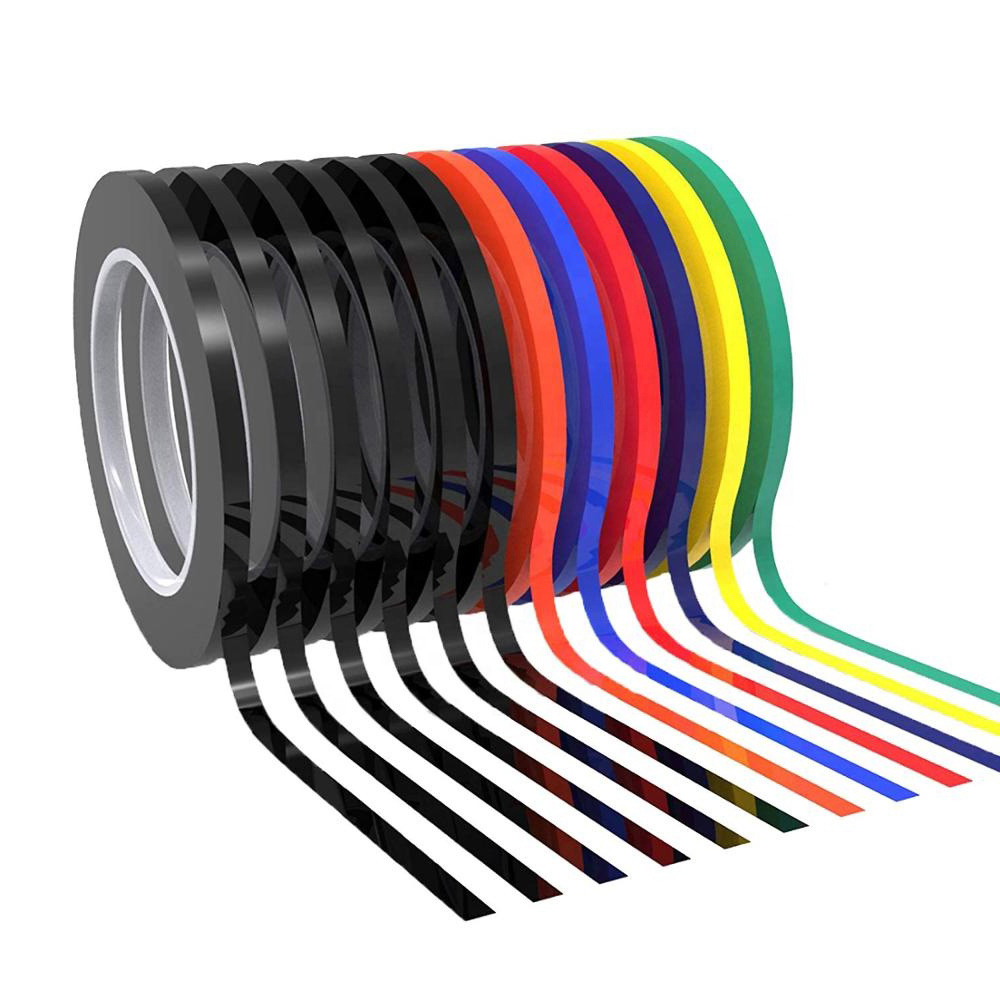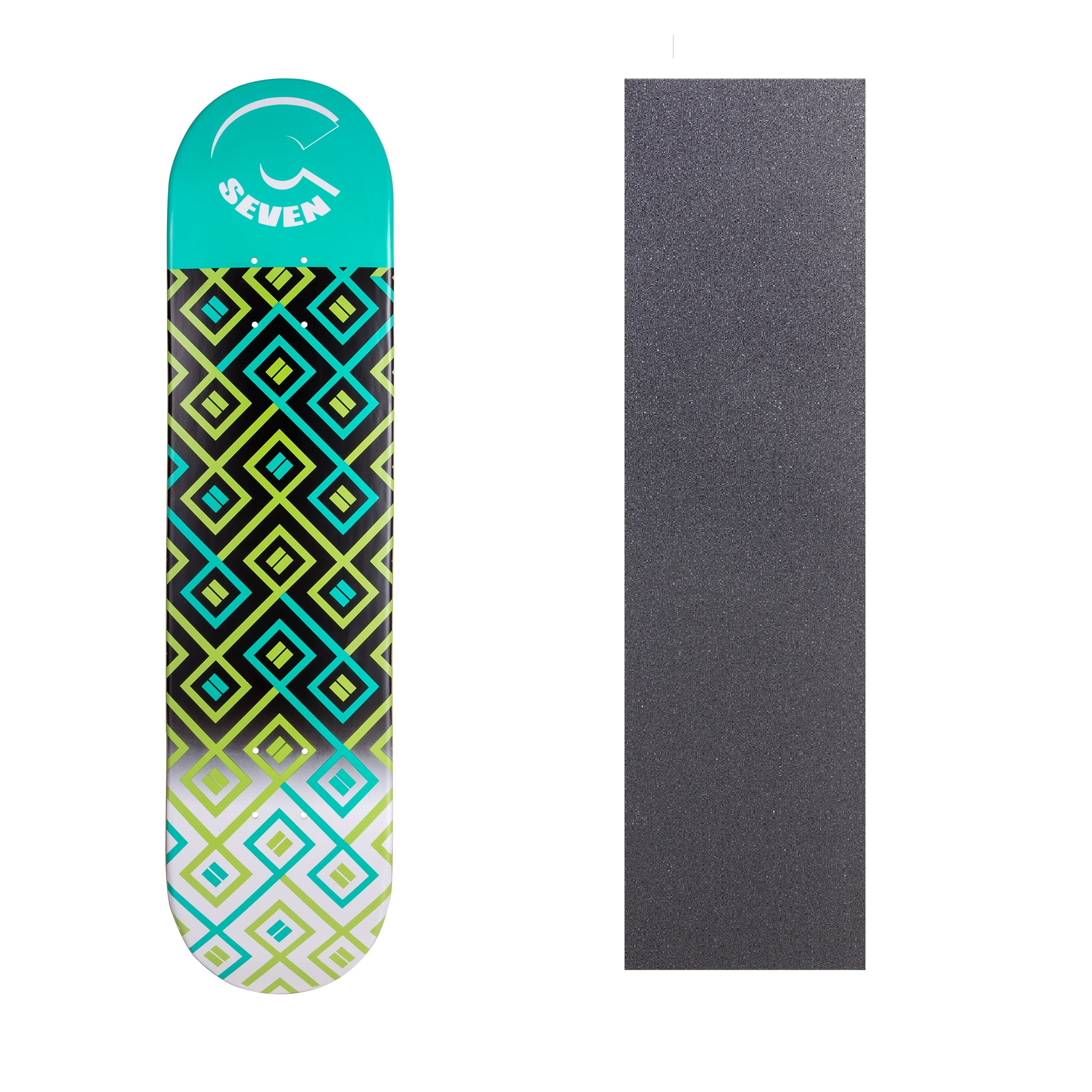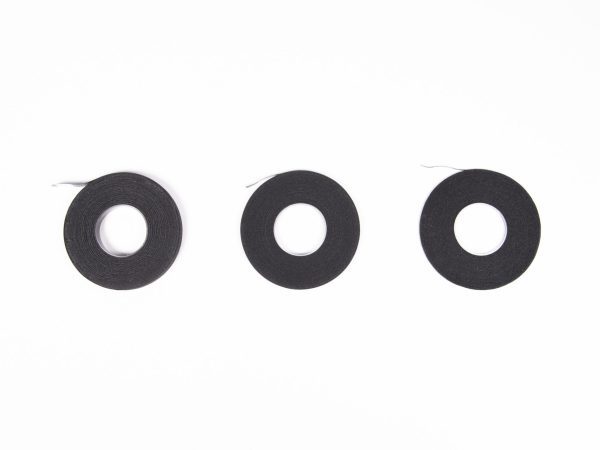

Some early machines aimed at the consumer market did not operate at 44.1 kHz when recording so they could not be used to 'clone' a compact disc. Certain recorders operate outside the specification, allowing recording at 96 kHz and 24 bits (HHS). The DAT standard allows for four sampling modes: 32 kHz at 12 bits, and 32 kHz, 44.1 kHz or 48 kHz at 16 bits. Sony would later introduce another R-DAT format in the form of NT which was meant to replace the Microcassette and Mini-Cassette.

While R-DAT would later be known as just "DAT", there would be an S-DAT media format that would be released later in the form of the Digital Compact Cassette. The S-DAT format had a simple mechanism similar to the Compact Cassette format but was difficult to develop a fixed recording head for high-density recording while the rotating head of the R-DAT had a proven track record in VCR formats like VHS & Betamax. In 1983, a DAT meeting was established to unify the standards for recording digital audio on magnetic tape developed by each company and in 1985, two standards were created: R-DAT ( Rotating Digital Audio Tape) using a rotary head and S-DAT ( Stationary Digital Audio Tape) using a fixed head. This prevents DATs from being physically edited in the cut-and- splice manner of analog tapes, or open-reel digital tapes like ProDigi or DASH. The technology of DAT is closely based on video recorders, using a rotating head and helical scan to record data. Meanwhile, the phenomenon of sticky-shed syndrome has been noted by some engineers involved in re-mastering archival recordings on DAT, which presents a further threat to audio held exclusively in this medium. As Sony has ceased production of new recorders, it will become more difficult to play archived recordings in this format unless they are copied to other formats or hard drives.
Tapedeck graphic professional#
The format saw moderate success in professional markets and as a computer storage medium, which was developed into the Digital Data Storage format. Like most formats of videocassette, a DAT cassette may only be recorded and played in one direction, unlike an analog compact audio cassette, although many DAT recorders had the capability to record program numbers and IDs, which can be used to select an individual track like on a CD player.Īlthough intended as a replacement for analog audio compact cassettes, the format was never widely adopted by consumers because of its expense, as well as concerns from the music industry about unauthorized high-quality copies. If a comparable digital source is copied without returning to the analogue domain, then the DAT will produce an exact clone, unlike other digital media such as Digital Compact Cassette or non- Hi-MD MiniDisc, both of which use a lossy data reduction system. DAT can record at sampling rates equal to, as well as higher and lower than a CD (44.1, 48, or 32 kHz sampling rate respectively) at 16 bits quantization. The recording is digital rather than analog. In appearance it is similar to a Compact Cassette, using 3.81 mm / 0.15" (commonly referred to as 4 mm) magnetic tape enclosed in a protective shell, but is roughly half the size at 73 mm × 54 mm × 10.5 mm. Up to 120 or 180 minutes (consumer tapes on non-LP mode)ĭigital Audio Tape ( DAT or R-DAT) is a signal recording and playback medium developed by Sony and introduced in 1987. Show off your collection in 3D, see what your friends and favorite artists are listening to, and swap tapes all without ever leaving the app or seeing a hashcode.A 90-minute DAT cartridge, with a AAA battery (LR03) for size comparison Pop those tapes into our virtual Tapedeck with the shake of your phone, hear (and feel!) the click, listen as the system whirrs to life, and watch the VU meters dance with the beat as you relive a memory. Unlike most other companies leveraging smart contract technology, TapeDeck doesn’t require any technical expertise on either side but still provides all the benefits of NFTs for both artists and fans.įind and swap mixtapes just like our parents used to-by showing up and getting to know people in the scene.

We recognize that if anyone deserves to make money on the new web, it’s creators and the fans who support them.Ģ: You don’t need a crypto background to use TapeDeck By building a platform around live events, we’re ensuring that our communities are built strong from the ground up by artists and followers. Music is an organic community centered around joy, creativity, and shared experience.


 0 kommentar(er)
0 kommentar(er)
